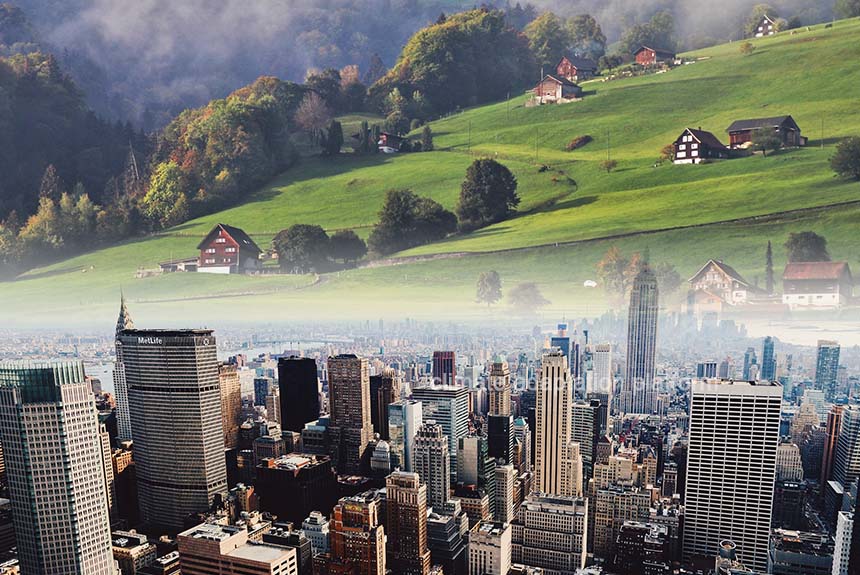The growing impacts of climate change, including the frequency and intensity of extreme events, are increasing the calls for climate adaptation.
Advocates have long suggested that everyone in society plays a role in adapting to climate change. However, more information about these actors and their responsibilities and roles is needed when implementing climate adaptation actions.
A study published in Nature, “A global assessment of actors and their roles in climate change adaptation,” is conducted by a consortium of researchers from 20 institutions in 12 countries who came together to identify the actors of climate adaptation and their roles.
Researchers noted that with the rapidly growing climate adaptation tasks ahead, there is global and local debate on who should do what. Societies worldwide struggle to negotiate a fair distribution of climate actions between state actors, civil society, citizens, the private sector, and others.
Specifically, they asked the following questions: which roles do particular actors currently play in climate change adaptation? Which actors interact or collaborate in specific adaptation practices? To what extent can geographical patterns be identified in relation to specific actor types? How are different climate-related responses associated with particular actor types? To what extent are specific actor types associated with more transformational forms of adaptation?
To answer these questions, researchers looked deeper into the findings of the Global Adaption Mapping Initiative (GAMI), the first global systematic mapping of peer-reviewed literature on climate change adaptation. Researchers examined 1,472 published literature on adaptation and coded them by actors implementing the actual adaptation measures: local to national, individual or households, civil society from local to international, international and multinational governance institutions, and private sectors.
Overall findings show that individuals or households are the most documented implementors of climate adaptation.
Meanwhile, governance institutions and governments mostly finance and plan. Civil society coordinates the interactions between various actors and raises awareness.
Climate adaptation actors in rural vs urban areas
The roles and responsibilities of actors vary significantly between rural and urban areas. In rural areas, individual households are the main actors of climate adaptation actions compared to governments, from local to national, while the opposite is true in urban areas.
Climate adaptation actors in regions across the world
In higher-income regions, mainly Europe, North America, and Australasia, government actors represent the largest group of reported adaptation actors compared to individuals/households). In contrast, in countries in the global south, such as Asia, Africa, and the Smal Island states, individuals/families are the biggest climate adaptation actors compared to their governments. Civil society is the frequent implementor of climate adaptation in Central and South America and the Small Island States.
Examining climate adaptation from various actors, researchers noted that individual adaptation actions were incremental, shallower, and less connected to institutional change. In contrast, government actors were generally less prominent when implementing climate adaptation.
Their findings suggest a more “transformational adaptation, which requires systemic change and multi-actor collaboration, building on broad societal support and a shared agreement on roles and responsibilities: a social contract for climate action and sustainability transformations.”
Source:
Petzold, J., Hawxwell, T., Jantke, K., Gonçalves Gresse, E., Mirbach, C., Ajibade, I., Bhadwal, S., Bowen, K., Fischer, A. P., Joe, E. T., Kirchhoff, C. J., Mach, K. J., Reckien, D., Segnon, A. C., Singh, C., Ulibarri, N., Campbell, D., Cremin, E., Färber, L., . . . Garschagen, M. (2023). A global assessment of actors and their roles in climate change adaptation. Nature Climate Change, 13(11), 1250-1257. https://doi.org/10.1038/s41558-023-01824-z
Penn State. (2023, October 24). Adapting to climate change: Individuals take action while governments plan. ScienceDaily. Retrieved January 28, 2024 from www.sciencedaily.com/releases/2023/10/231024234054.htm



Leave a Reply